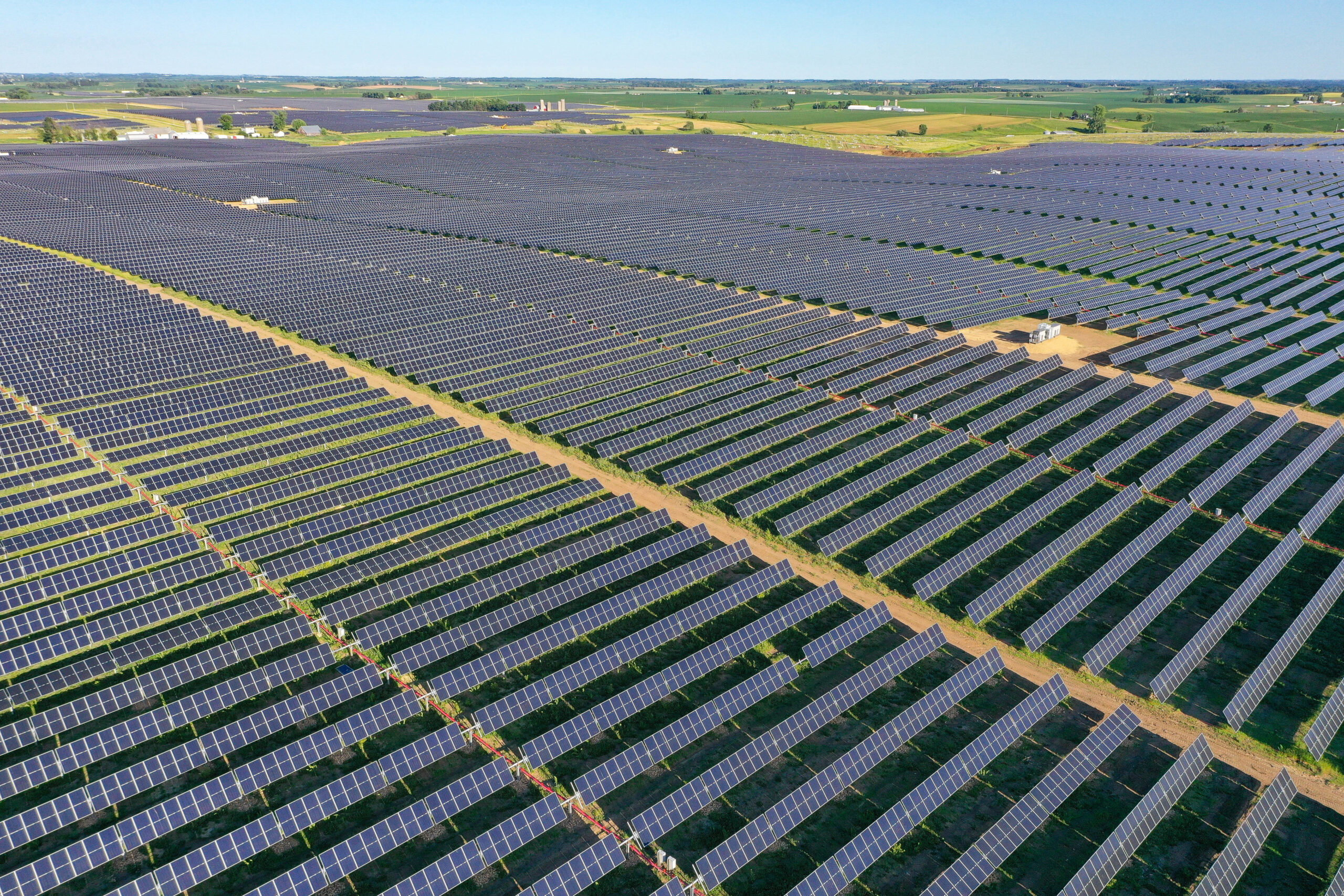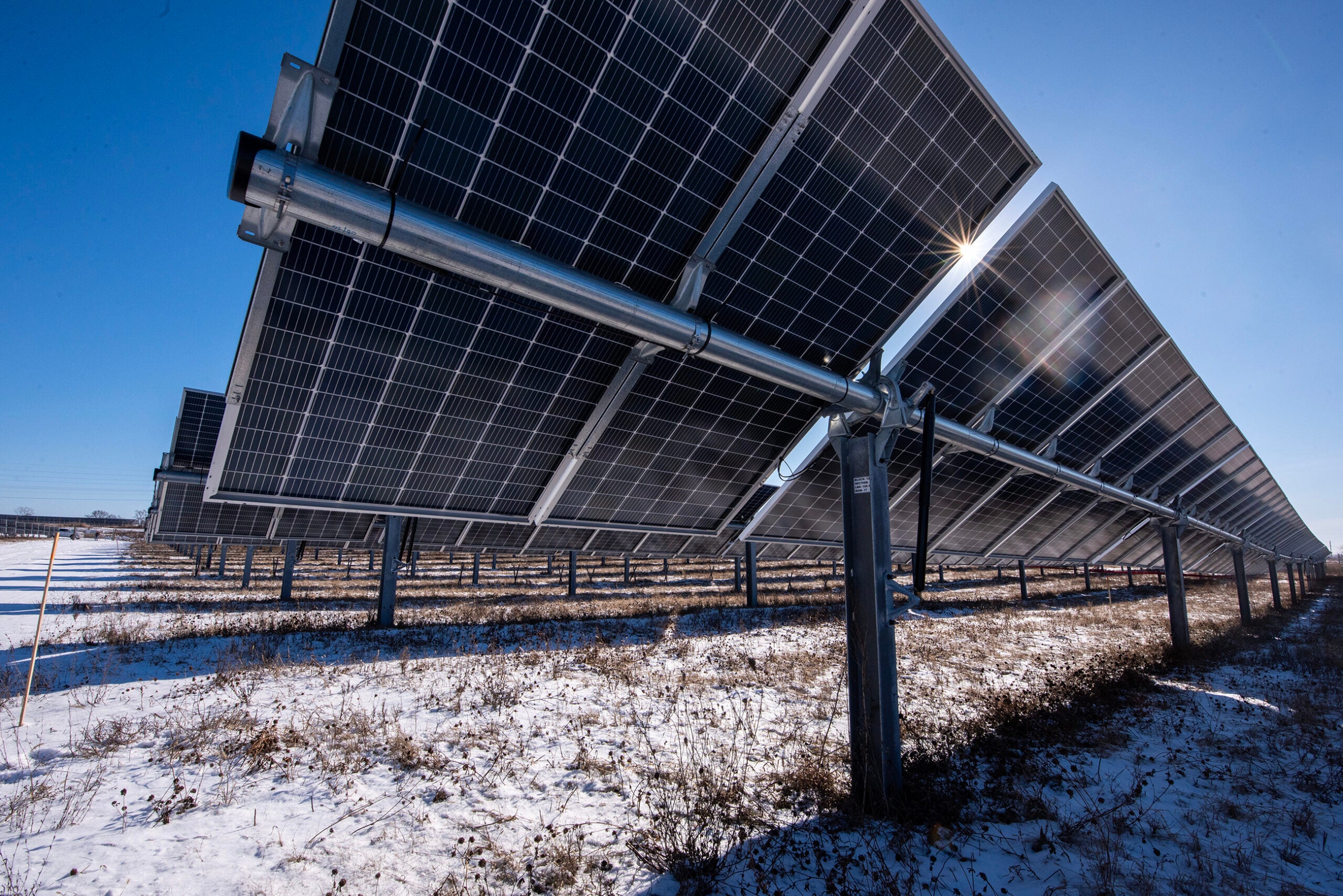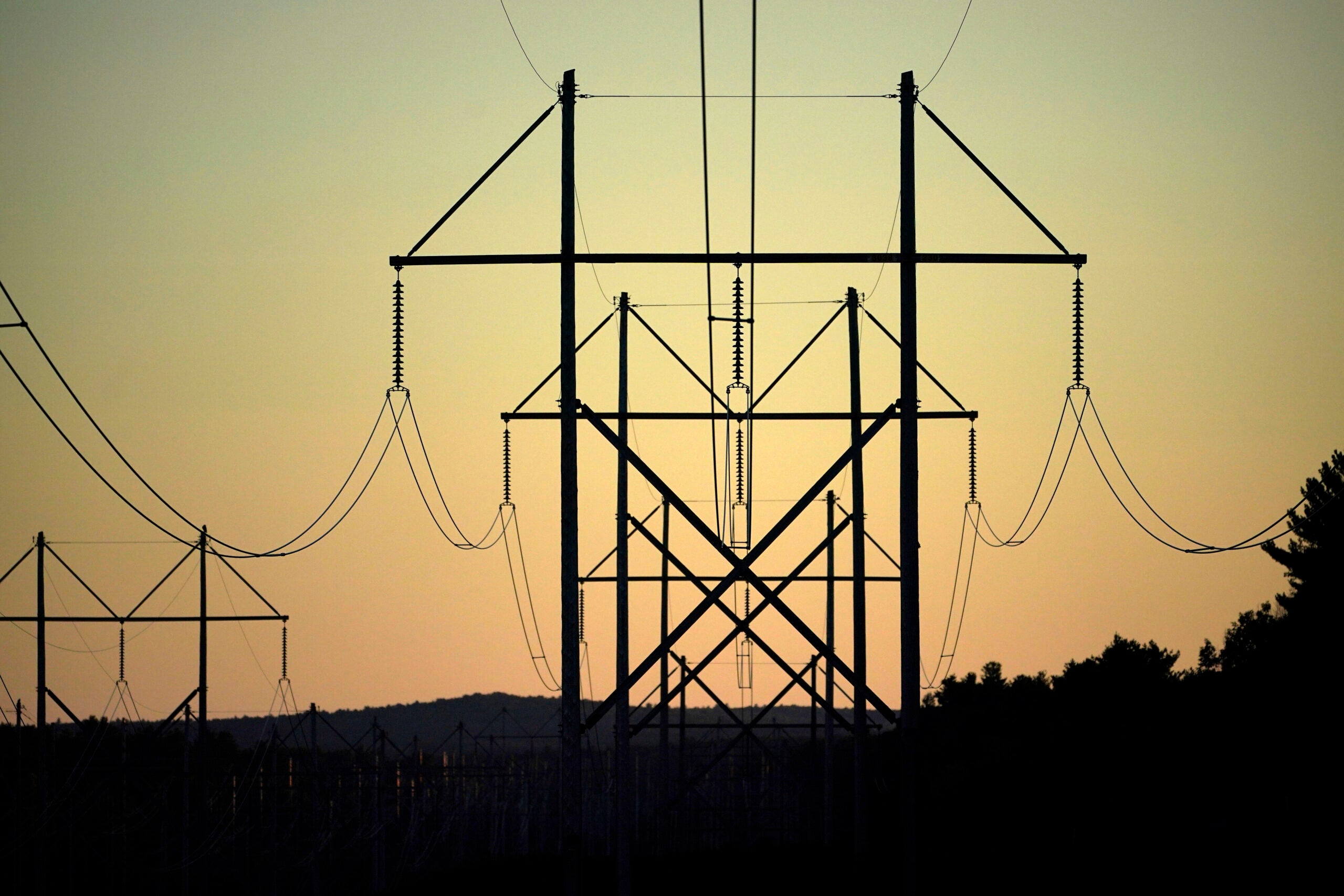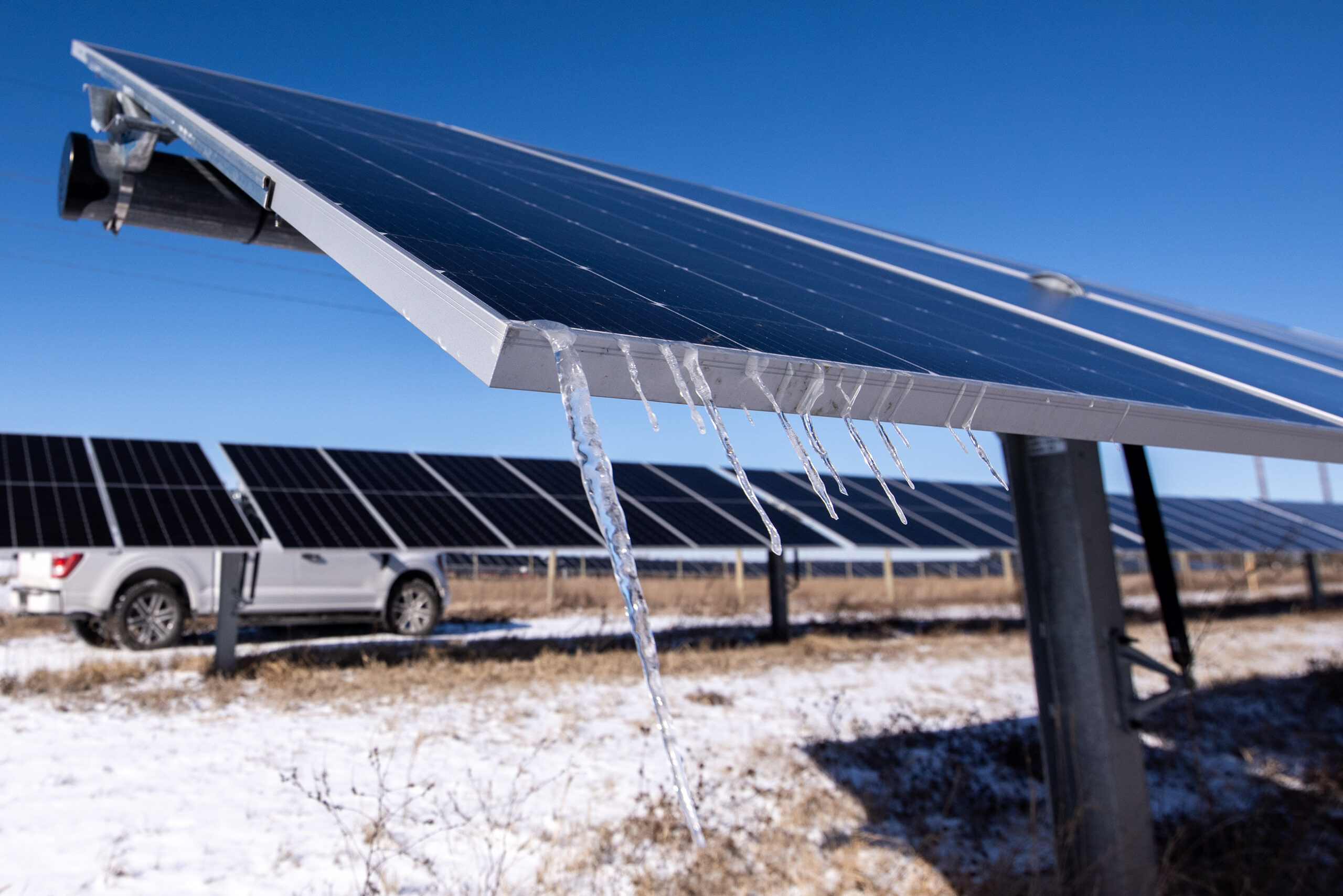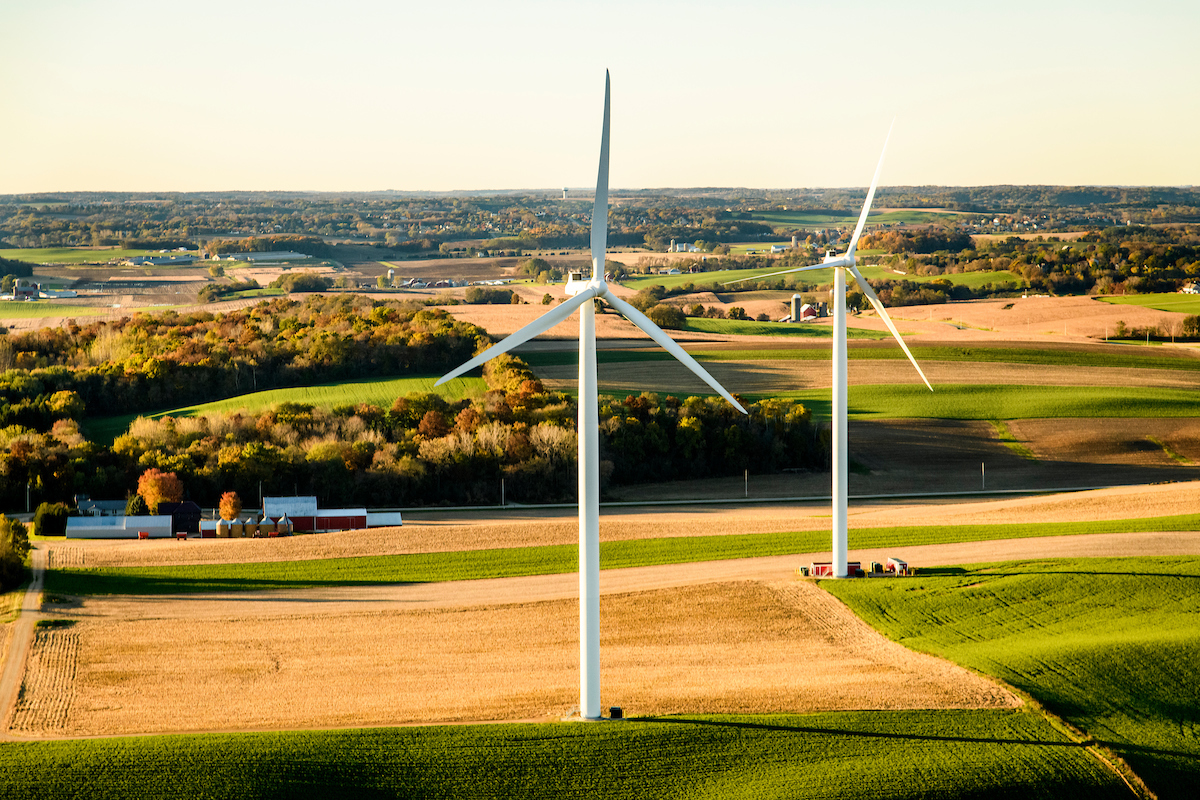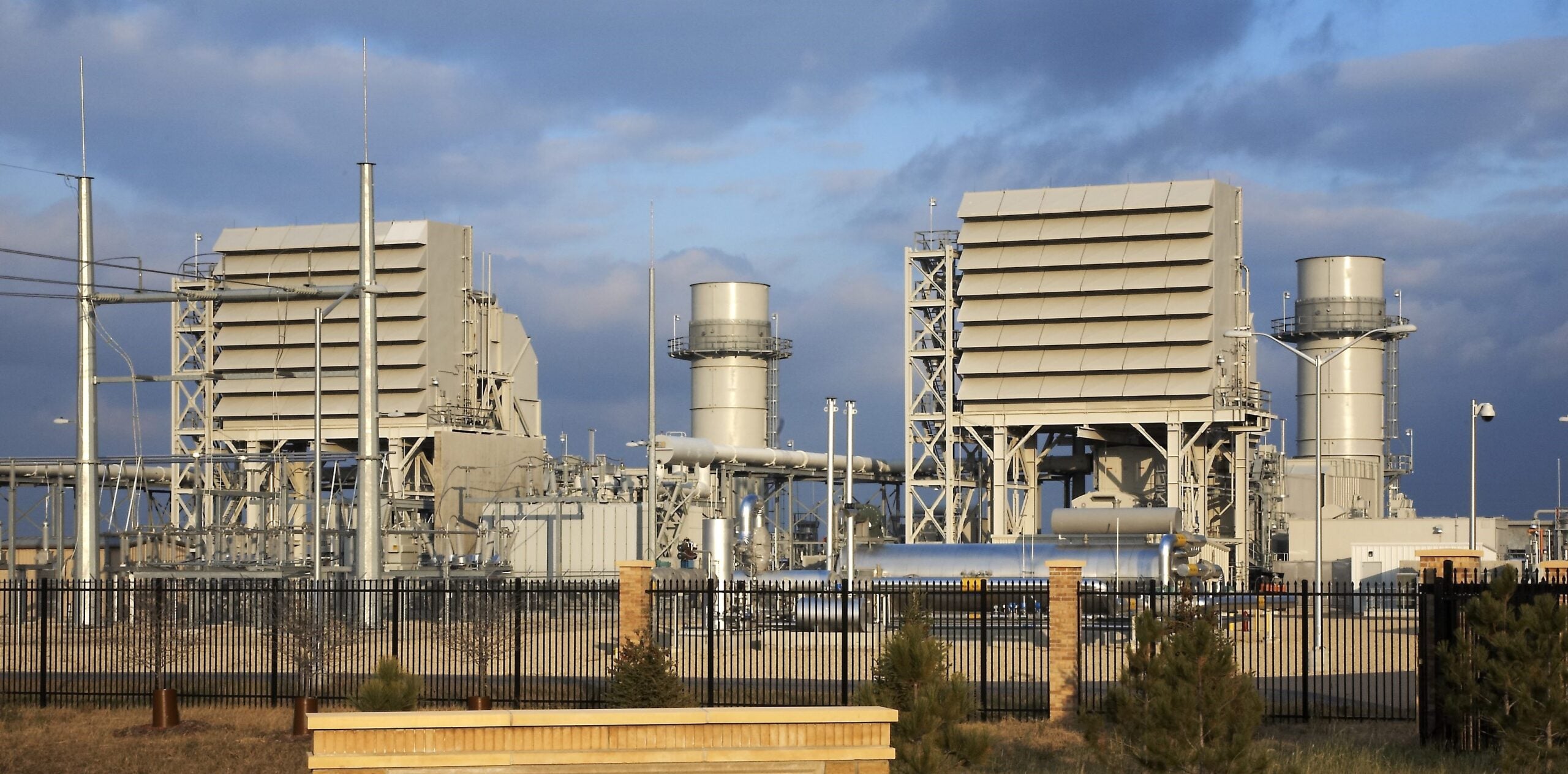Multiple residents expressed concerns about aesthetics, safety, property values and the rural character of towns within Dane County where the state’s largest renewable energy plant would be built as part of public hearing Thursday night.
Meanwhile, other residents and groups touted the benefits the project would bring to landowners as utilities seek to transition away from fossil fuels in their power mix.
Utilities owned by Milwaukee-based WEC Energy Group and Madison Gas and Electric plan to spend $649 million to buy the 465-megawatt Koshkonong Solar Energy Center in Dane County.
News with a little more humanity
WPR’s “Wisconsin Today” newsletter keeps you connected to the state you love without feeling overwhelmed. No paywall. No agenda. No corporate filter.
Invenergy, a Chicago-based developer, has contracted with landowners on around 4,600 acres for the roughly 2,300-acre solar array that would host 300 megawatts of solar, which is enough to power 60,000 homes. The project includes 165 megawatts of battery storage.
Multiple landowners said they would be surrounded on nearly all sides by the proposed Koshkonong solar project, including Nathan Lyle, who lives in Cambridge. He said a market analysis of his home showed they would see a 10 percent reduction in the sale price. But he said they had no intention of moving when they bought an old farm from their neighbors.
“We wanted to be in a farming community. We want it to be in a rural community, as well, as it’s still close and within driving distance of Madison and other places like that,” Lyle said. “That has changed. We understand that things change, but we are not in support as far as being owners of this project.”
Matt Johnson, field operations director for the Wisconsin Land and Liberty Coalition, defended Invenergy and its efforts to work with landowners on visual impacts of the project and respond to questions and concerns.
He added that struggling farmers and landowners stand to benefit from land lease payments as part of the project.
“Farming is a difficult industry, as we see farms go out of business across the state. Families, they may have 10 or 20 percent of their family farmland in this project, and then continue growing crops, but then also essentially growing electricity,” Johnson said.
Sharon Lund, who lives in the town of Christiana, expressed concern about being so close to the project’s proposed power lines, battery energy storage system and solar panels that will run near her 170 year-old home. She would like Invenergy to adopt a 300-to-500-foot setback from her property.
“The reason being because we’re going to have the combination of solar panels and power lines,” Lund said. “We would like more protection from the energy company.”
Patrick Stoffel, who lives in Dane County, said he has solar panels on his home and hasn’t experienced any negative health effects.
“If you’re going to compare solar, then we have to compare it with like coal and with perhaps oil or nuclear power plants,” Stoffel said. “I’ve got to wonder which one of those is the least invasive. It has to be solar.”
Dan Litchfield, Invenergy’s vice president of renewable development, contended that solar projects like Koshkonong are low impact. He added that they’re designing the project with setbacks larger than what’s required in Dane County.
Invenergy has secured voluntary easements from landowners to place the solar arrays. Litchfield said they’re also extending benefits to nearby landowners.
“We’re offering payment to people to not build anything on their land. The setbacks are still the same,” he said. “We’re just trying to share the benefits more widely with all residents of the area.”
He declined to comment on the specifics of lease agreements with landowners, noting they have a maximum 50-year operating term. The project is expected to generate $1.2 million in tax revenues divided between Dane County and the towns of Christiana and Deerfield. The project would also create around 600 jobs in Wisconsin during peak construction.
If approved by regulators, Litchfield hopes they can begin construction late this year or early next spring.
Koshkonong Solar Energy Center has received the support of environmental and renewable energy groups, including Clean Wisconsin, Wisconsin Conservation Voters and RENEW Wisconsin. They argue the project would protect human health and the environment while helping the state transition away from the use of power plants that run on fossil fuels.
Both Madison Gas and Electric and WEC Energy Group have set goals to go carbon-neutral in line with Gov. Tony Evers’ goal for the state to produce carbon-free electricity by 2050. As part of those efforts, they’re taking steps to retire coal-fired power plants.
“We have a plan to close some of our older fossil fuel units, but we need energy to replace those units,” Brendan Conway, spokesperson for WEC Energy Group, said. “This is an important part of that.”
Steve Schultz, spokesperson for MGE, said in a statement that the Koshkonong Solar Energy Center will help the utility manage long-term expenses for customers by eliminating fuel costs.
“The Koshkonong Solar Energy Center builds on the progress we’ve already made increasing our use of renewable energy and reducing carbon emissions,” wrote Schultz.
The Public Service Commission is accepting written comments on the project until Monday.
Wisconsin Public Radio, © Copyright 2026, Board of Regents of the University of Wisconsin System and Wisconsin Educational Communications Board.
